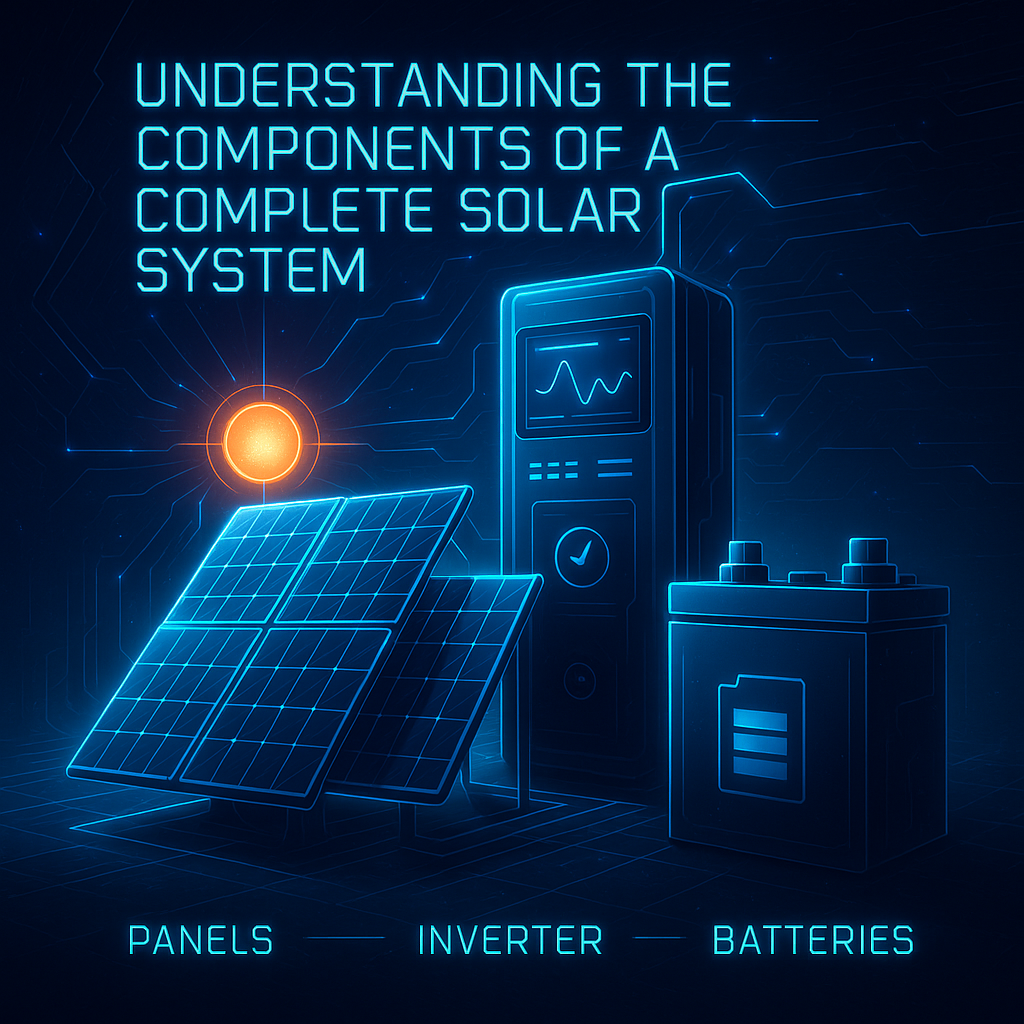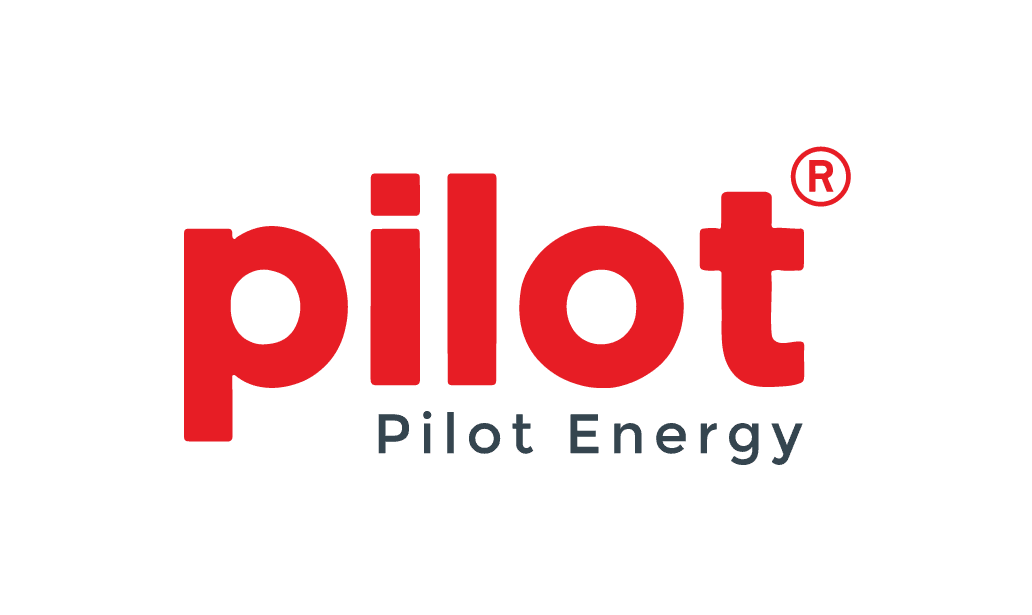
19
May
Understanding the Components of a Complete Solar System: Panels, Inverters & Batteries
Introduction: What Makes a Solar Power System Work?
If you’re considering switching to solar energy, understanding how a solar system works is essential. A complete solar setup is more than just panels on your roof—it’s a smart network of interconnected components designed to generate, convert, and store energy.
In this guide by Shop.DiwaniT.com, we break down the three core components of any solar power system: solar panels, inverters, and batteries, so you know exactly what you’re getting when you go solar.
1. Solar Panels – The Energy Collectors
What They Do:
Solar panels capture sunlight and convert it into DC (direct current) electricity.
Types of Panels:
- Monocrystalline Panels: High efficiency, premium look, long lifespan
- Polycrystalline Panels: Affordable, slightly less efficient
- Bifacial Panels: Capture sunlight from both sides for increased output
What to Look For:
- Efficiency Rate (%): Higher is better
- Warranty: Typically 20–25 years
- Tier-1 Brands: Shop.DiwaniT.com only deals in Tier-1 solar panels for optimal performance
Pro Tip: Choose panels based on your location’s sunlight exposure and your energy consumption.
2. Inverters – The Power Converters
What They Do:
Inverters convert DC power from panels into AC (alternating current)—the type used by household appliances.
Types of Solar Inverters:
- String Inverters: Ideal for homes with minimal shade
- Microinverters: Attached to each panel for maximum output
- Hybrid Inverters: Support both solar and battery storage, perfect for Pakistan’s power cuts
Key Features to Consider:
- High efficiency and safety ratings
- Monitoring options (via mobile apps)
- Compatibility with batteries for future upgrades
At Shop.DiwaniT.com, we offer solar inverters compatible with net metering and backup batteries.
3. Solar Batteries – The Energy Storage
What They Do:
Batteries store excess solar power for use at night or during load-shedding.
Battery Types:
- Lead-Acid Batteries: Lower cost, good for basic backup
- Lithium-Ion Batteries: High efficiency, compact size, longer lifespan
- Tubular Batteries: Reliable and long-lasting for off-grid setups
Why You Need One in Pakistan:
Due to frequent power outages, solar batteries ensure uninterrupted power for homes and businesses.
Optional but Useful Components
- Charge Controller: Regulates battery charging and prevents overcharging
- Solar Monitoring System: Displays real-time system performance
- Mounting Structures: Secure your panels with proper tilt angles for maximum output
- Net Metering Setup: Sell your excess electricity back to the grid and reduce your bills
How These Parts Work Together
- Solar panels generate direct current (DC) electricity.
- Inverter converts DC to alternating current (AC).
- AC power is used to run home or office appliances.
- Excess energy is stored in batteries or exported to the grid through net metering.
Final Thoughts: Invest in a Complete Solar Solution
A well-designed solar system is more than just panels. It’s a complete energy solution that reduces your electricity costs, increases energy independence, and supports a cleaner environment.
Whether you need a 3kW solar system for your home or a 10kW setup for your business, Shop.DiwaniT.com provides everything—from expert consultation to installation and ongoing support.







